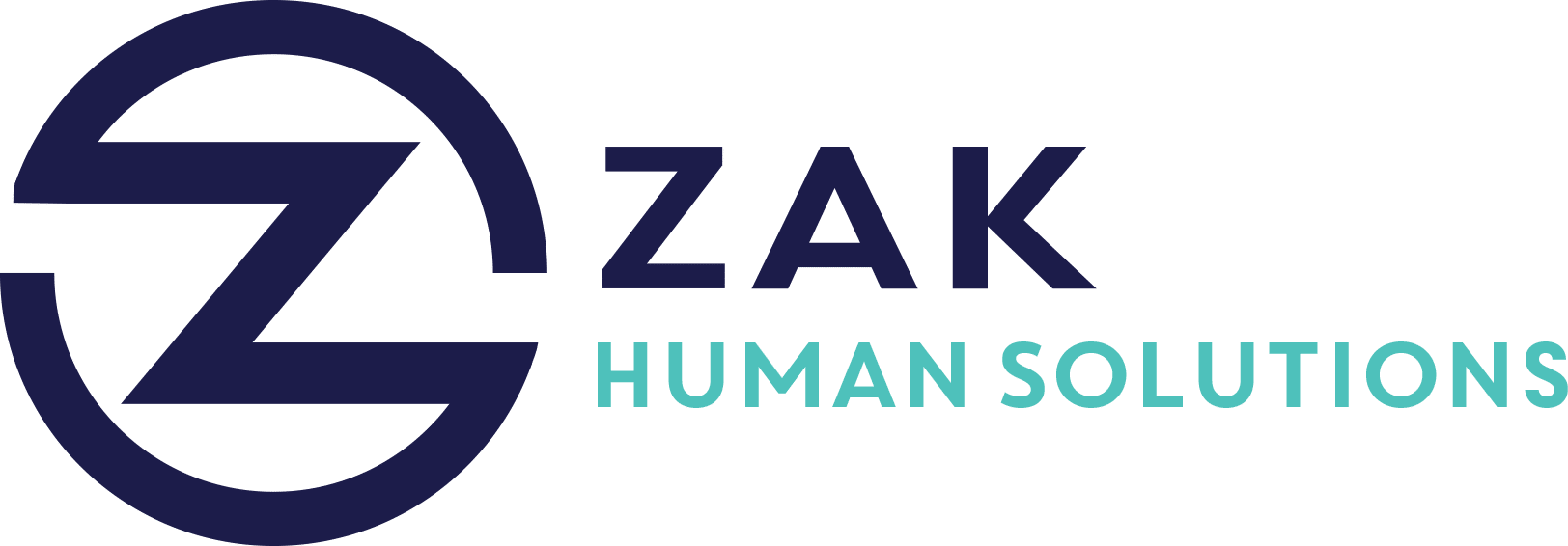Key Takeaways
- The Great Resignation highlighted the importance of employee engagement, where many considered leaving their jobs due to lack of growth and recognition.
- Retention strategies now require focusing on purpose and progression, beyond just salary.
- Conducting regular feedback through “pulse” surveys can help leaders understand employee needs and foster a culture of open communication.
- Shifting to people-centric KPIs emphasizes employee well-being and development, promoting a healthier workplace culture.
- Leaders should spend time with frontline teams to gain insights into employee motivation and support.
- Employees are often leaving due to cultural issues rather than companies themselves, highlighting the importance of a healthy work culture.
In the wake of the Great Resignation, businesses across the globe have been grappling with an unprecedented wave of employee turnover. The mass exodus from the workplace was not merely a fleeting trend; instead, it served as a glaring neon sign pointing towards the deep-seated issues of employee disengagement and dissatisfaction. As leaders seek to turn this tide, they must delve into the core reasons why employees leave and develop strategies built on understanding, purpose, and growth. In this blog post, we explore the pivotal elements to enhancing employee retention and fostering a thriving workplace culture.
Understanding the Great Resignation
The so-called Great Resignation was a phenomenon catalyzed by the COVID-19 pandemic, where millions of employees globally reconsidered their career paths and workplace satisfaction. Key reasons driving this movement included a lack of growth opportunities, insufficient recognition, and a mismatch between personal values and company culture. This period underscored a critical truth: employees today seek more than just a paycheck—they demand purpose, progression, and a sense of belonging.
Retention Strategies Beyond Salary: Focus on Purpose and Progression
For years, competitive salaries were considered the cornerstone of effective employee retention strategies. However, in our evolving work landscape, financial incentives alone are no longer sufficient. Today’s employees are increasingly driven by a sense of purpose and opportunities for personal and professional growth.
- Cultivating Purpose:
- Clearly communicate the organization’s mission and how employees’ roles contribute to it.
- Encourage involvement in decision-making processes to make employees feel valued and invested in the company’s success.
- Supporting Progression:
- Implement development programs that align with both company goals and employees’ personal aspirations.
- Regularly review career pathways to ensure they meet the changing needs of the workforce.
The Power of Pulse Surveys: Facilitating Open Communication
Regular feedback is the lifeblood of an engaged and dynamic workplace culture. Traditional annual surveys often miss the mark, providing outdated insights by the time they’re reviewed. Instead, leaders should adopt more frequent “pulse” surveys to take the temperature of employee engagement.
- Advantages of Pulse Surveys:
- Timeliness: Provide real-time feedback that allows for agile responses to emerging issues.
- Depth: Uncover both minor concerns and major sentiments that might go unnoticed in annual surveys.
- Empowerment: Show employees their voices matter, increasing their investment in company success.
Emphasizing People-Centric KPIs for a Healthier Workplace
The overemphasis on productivity and metrics often relegates employee well-being to the sidelines. By shifting focus to people-centric Key Performance Indicators (KPIs), organizations can create a balanced environment where performance and well-being coexist harmoniously.
- Developing Effective People-Centric KPIs:
- Measure employee satisfaction and engagement levels frequently.
- Track training and development progress, ensuring alignment with career goals.
- Recognize and reward contributions through consistent and meaningful feedback.
Learning from the Frontline: Leadership Insights
Leaders can gain invaluable insights by stepping out of the boardroom and into the everyday operations of their teams. Spending time with frontline employees helps in understanding what truly motivates them and builds a more empathetic, inclusive leadership approach.
- Benefits of Ground-Level Engagement:
- Engagement: Develop a deeper empathy towards the workforce leading to more informed decision-making.
- Diversity: Encounter diverse perspectives that enrich the organization’s strategic visions.
- Trust: Reinforce trust through visible leadership and direct, inclusive communication.
The Underlying Culprit: Culture, Not Companies
It is often not companies themselves that individuals leave, but the culture that pervades these entities. Toxic or misaligned workplace cultures can drive even the most talented individuals to seek fulfillment elsewhere.
Creating a Positive Workplace Culture:
- Foster environments where psychological safety is paramount and inclusivity is a norm.
- Encourage leaders to be role models of the organization’s values, ensuring alignment between stated principles and lived realities.
Addressing the Great Resignation requires a multi-faceted approach, incorporating understanding, communication, and strategic development. By implementing purpose-driven strategies and aligning them with employee needs, organizations not only improve retention but also create workspaces where employees thrive personally and professionally. As industries continue to evolve, let us harness these insights to build a future of work that values and grows with its people.




